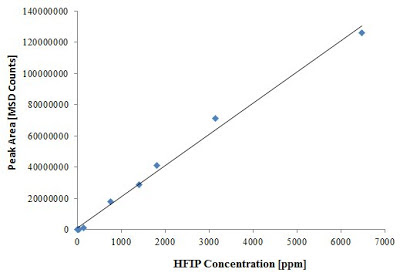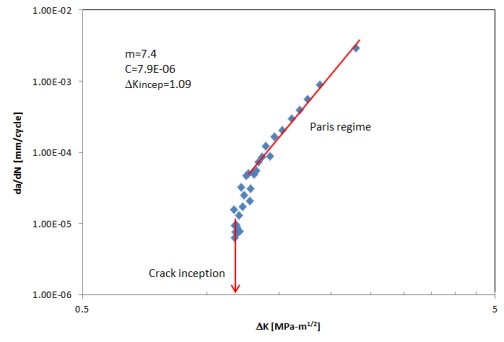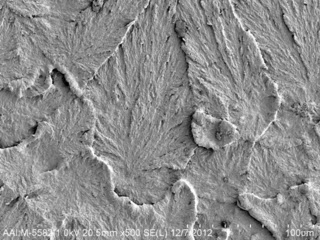
The ASTM Committee on Medical Devices (F04) met last week in Atlanta, GA. Cambridge Polymer Group staff attended several of the task groups, and reported back the following activities.
Medical Device Cleanliness
Several draft standards are in development, including guidance on cleanline validation, synthetic test soils to verify cleaning efficacy, guidance on how to design for cleaning, and methods of establishing allowable cleanliness levels. The first 3 items will be submitted for a sub-committee ballot in January, and more input is required for the last item. Additionally, a new wear particle isolation method was introduced to ASTM F561 a few years ago, and was ballotted last year. Discussions were held on negative ballots received. The votes on these negatives will occur in January.
Polyether ether Ketone
Discussions of ASTM F2026 suggested that specifications for different grades of PEEK based on molecular weight be introduced into this standard. The three manufacturers of medical grade PEEK (Solvay, Invibio, and Evonik) were invited to submit their data for evaluation.
UHMWPE
It was suggested to remove a few test methods from ASTM F648, including net ash on consolidated resin and Charpy Impact. The committee is considering these items. A round robin study on small punch testing (ASTM F2183) is being developed to establish a precision and bias statement for this method. Lastly, a micro-tensile dogbone standard is being developed for UHMWPE to allow characterization of explanted acetabular cups.
Bone Cement
A new benzoyl peroxide assay was introduced by CPG scientists as a replacement for the existing test method in ASTM F451. The committee is arranging to prepare several formulations of bone cement with varying benzoyl peroxide concentrations to evaluate the new method.




